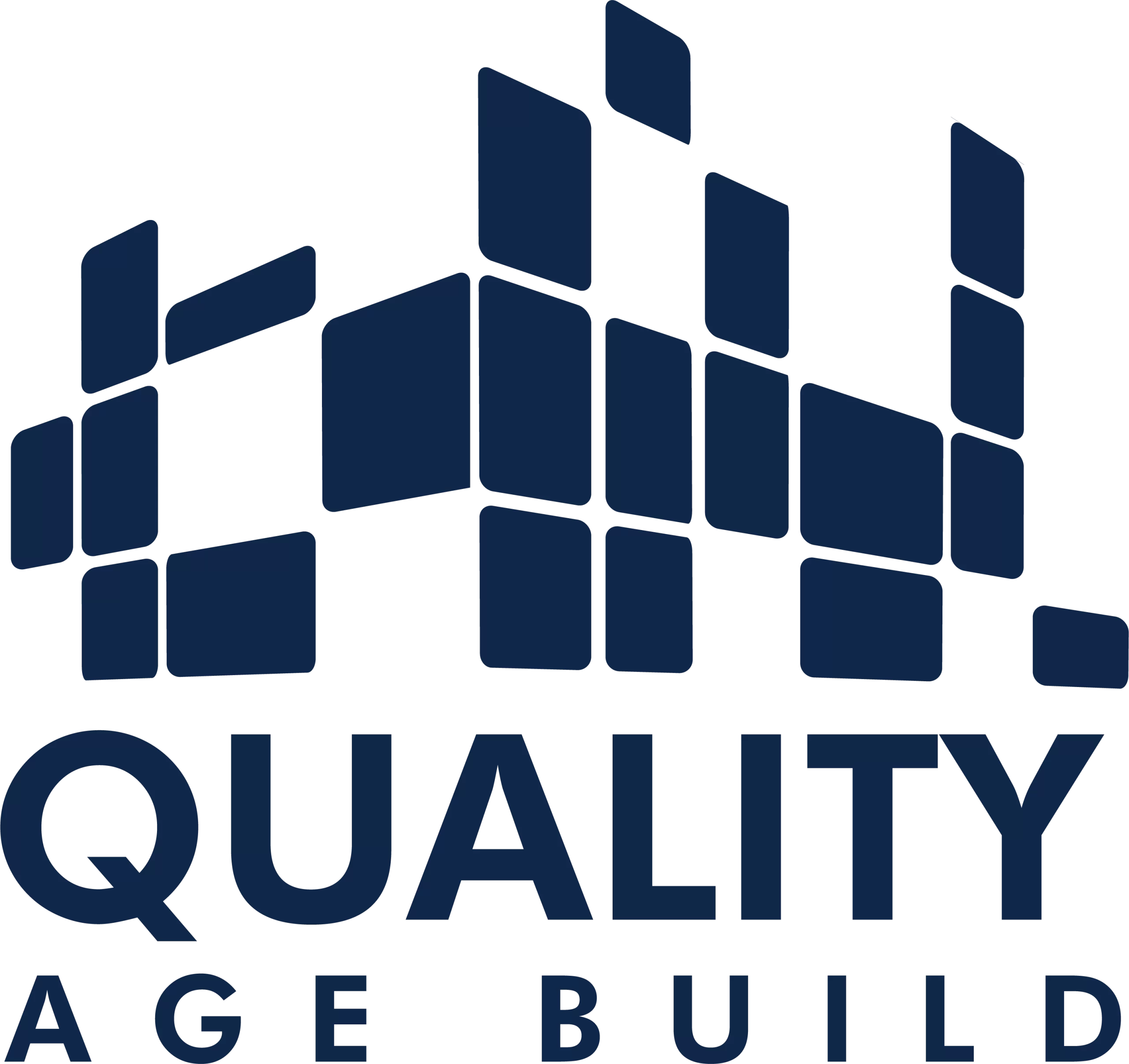Our Basement Underpinning Services
We offer a wide array of services aimed at accommodating your underpinning needs
Obtaining Drawings and Permits
To approve your project, you will need permits from city authorities, as well as drawings prepared by a competent architect.
Lowering the Basement
If you need more space in your house, you can lower the basement by creating a new concrete foundation and expanding the walls!
Interior Basement Waterproofing
A necessary solution to safeguard your safety! Our specialists will perform waterproofing work for the basement walls and install a special drainage pump—this will prevent flooding.
Interior Basement Finishing
We are ready to offer you various interior finishing design solutions for the basement. Trust us, you won’t recognize it after our work, and you’ll be pleasantly surprised!

Why is Basement Underpinning Important?
Only some people consider the basement an additional living room or a relaxing space. Usually, it’s used as storage for rarely used items. This is typically due to limited space, the absence of windows, and low ceilings. In such cases, the underpinning Toronto cost can be well justified because it provides an additional room without the need for expensive additions!
One of the primary building standards for a house is an 8-inch foundation thickness. When looking at an unfinished basement, it may seem like the space is quite roomy. Yet, when you consider the installation of the ceiling, floors, and various mechanical systems, the room shrinks significantly. Of course, raising the above-ground structure, which is the house, is not feasible without massive investment. Therefore, an alternative option is lowering the basement. It is essential to hire competent professionals to execute basement lowering projects according to standards to avoid costly revisions, saving money and stress.
Why to Work With Us
Quality Age Building is one of the best and most qualified companies in the Toronto market. We have been serving clients since 2011. Our goal is to help transform your basement in a way that not only pleases the eye but also maximizes its usefulness to you. Here are a few more factors that become crucial when choosing us as your contractor:
Over 5,000 Underpinning Projects
This speaks to the trust in our competence and experience! In our projects, we showcase not only craftsmanship that will serve you for many years but also attention to every detail, regardless of whether it’s a full basement lowering or the installation of a floor heating system.
Underpinning Warranty
We are confident in the quality of our services and provide a 30-year guarantee to every customer! You can rest easy knowing that our team will promptly address any technical issues on-site without additional fees.
Highest Quality Guaranteed
Our approach to selecting materials and equipment is extremely demanding, allowing us to choose only high-quality samples from trusted suppliers. This explains the high level of professionalism of our employees and the outstanding result for the client.
10 years of Experience
Despite our considerable experience, we continue refining our skills, providing our customers the best service they deserve. Practical solutions and a variety of effective options for every budget enable us to strive for excellence on your behalf.
Affordable Pricing
Still think that the underpinning cost in Toronto involves outrageous sums of money? We’re ready to dispel that notion by offering the most favorable terms. Trust us; you can afford a spacious, comfortable, warm basement! So why not get started right now with Quality Age Building!
Attentive Customer Care
We take into account all the wishes and preferences of our customers. This allows us to deliver our services with the utmost quality. We’ll pay close attention to every detail and address any concerns you may have. Rest assured that we’ll discuss every aspect of the work with you so that we can deliver the exact basement you’ve been dreaming of!
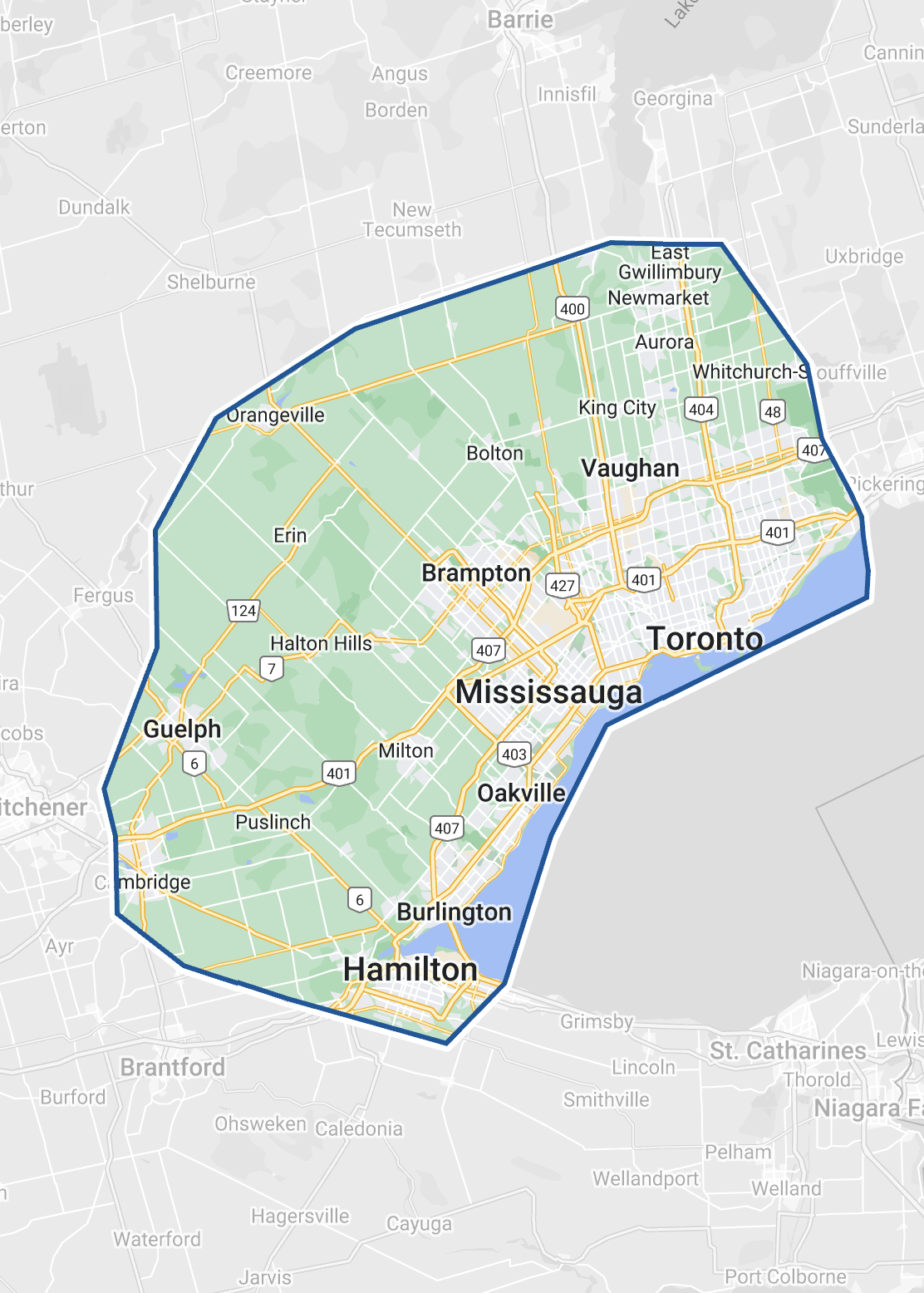
Our Basement Underpinning Process
We understand how labor-intensive and challenging the basement reinforcement process can be, not to mention the required skills and knowledge. That’s why such work should be done exclusively by competent and experienced specialists. To perform underpinning in Toronto, it’s not enough to simply deepen the existing floor in the basement, as this can pose a risk of damaging the existing structure. Qualified professionals know that it’s necessary to excavate space for the foundation and create a new one beneath the existing one. This kind of construction can support the overall weight of the building.
Our company’s professionals first thoroughly analyze the foundation and the surrounding areas. This allows us to determine construction standards and the requirements for the work. It’s very important at the start of the process to understand how much depth is permissible for this specific basement area, the sequence of plumbing and repair work, and whether a change in the location of electrical wiring is possible.
Do you want to have a better understanding of the step-by-step process? We’ll be happy to explain it to you below!
Clearing the Space
Often, the potential of basement spaces in Toronto homes is not fully utilized by their residents. Low ceilings are often to blame, making basements suitable only for storing rarely used items. Thanks to Toronto underpinning, the basement can be transformed into an additional fully functional space. The work begins with clearing out all belongings and then demolishing walls, floors, and finishes. This is necessary to prepare the space for contractors since a cleared area provides a better view of the layout and ways to modify it.
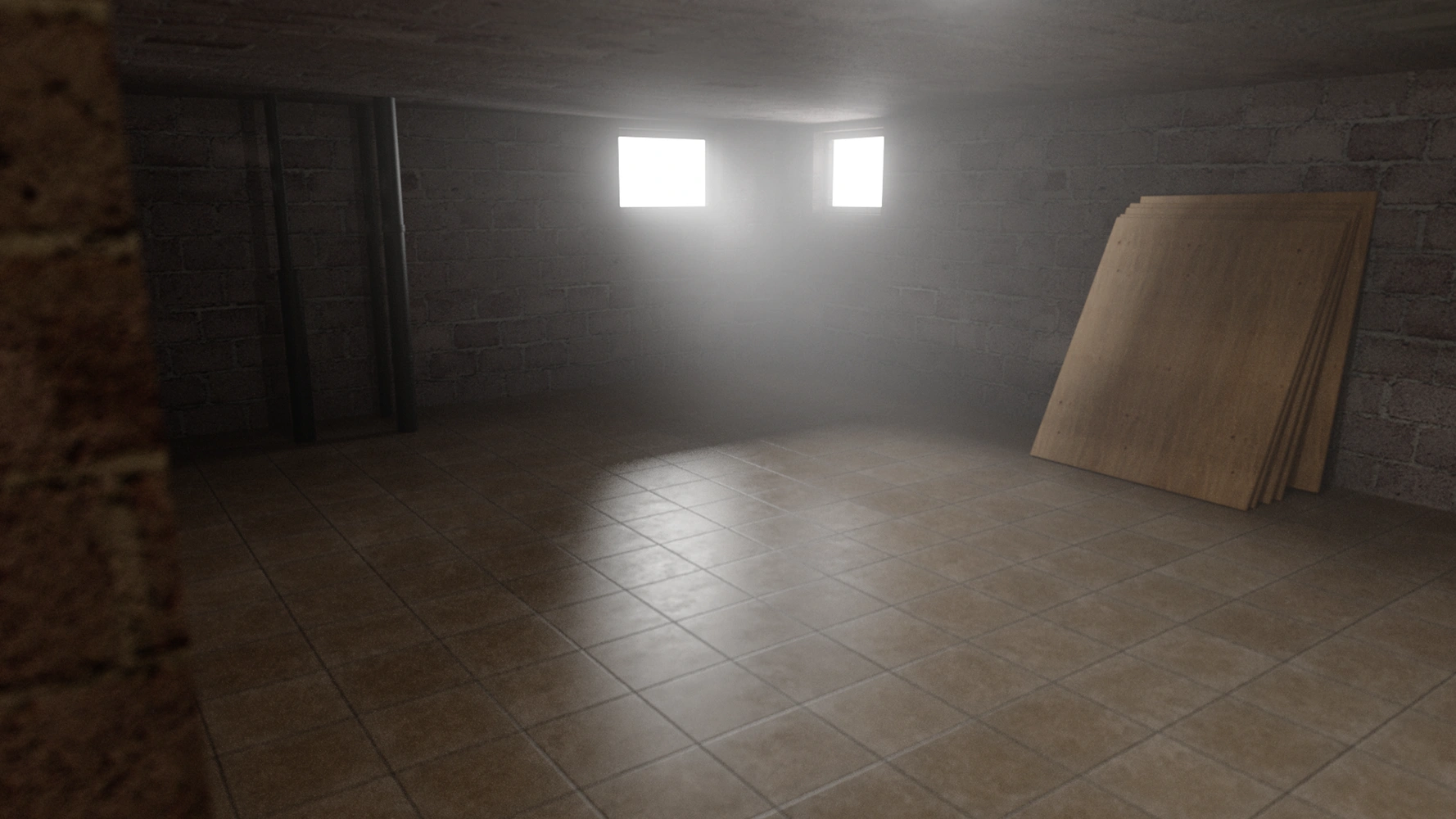
Strengthening Basement Sections
Once you have architectural drawings and permits from city authorities, your basement will be conditionally divided into vertical sections, usually labeled 1, 2, 3, and 4. These sections indicate the areas that need to be excavated. These sections form the structure of the basement’s foundation. After these sections meet the standard, they are filled with concrete at the agreed-upon lowered level.
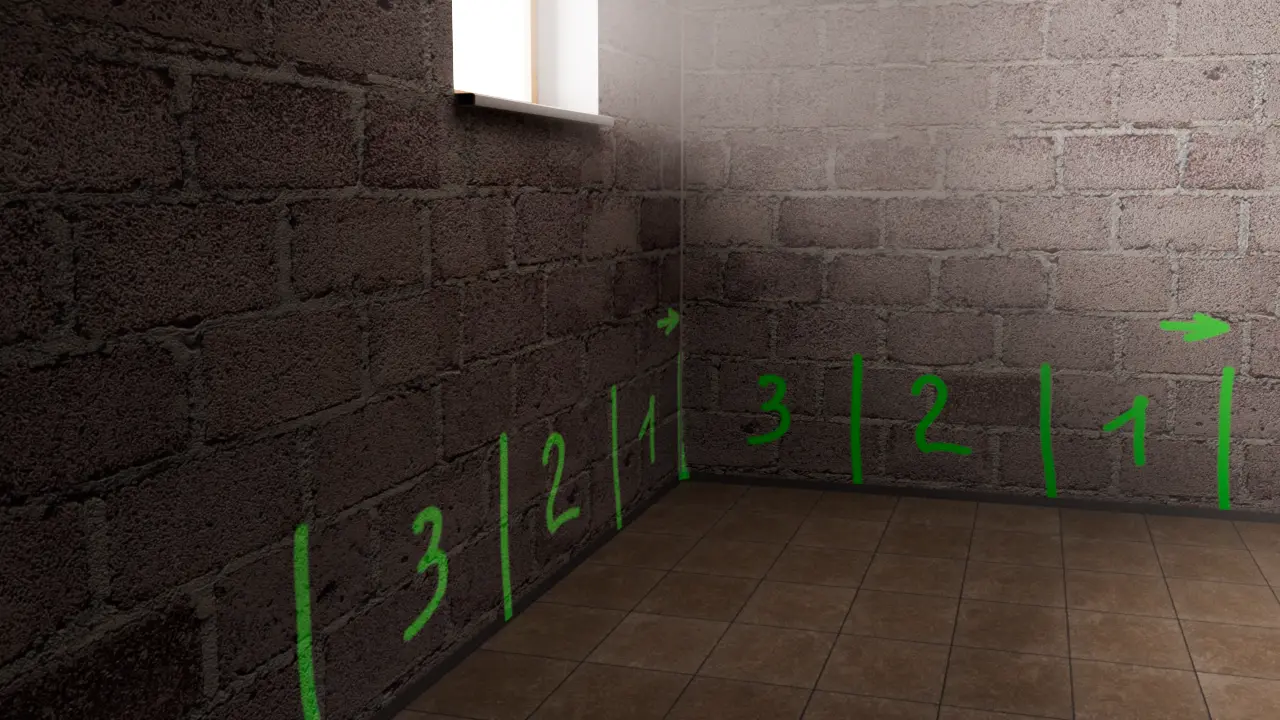
Excavation of Soil
After removing the concrete slabs from the basement, soil excavation beneath the foundation begins. This increases the basement’s height, implying a substantial amount of work that likely requires special equipment. To efficiently remove excavated soil from the basement, belt conveyors or wheelbarrows can be used. The choice of soil removal method depends on access to the basement.
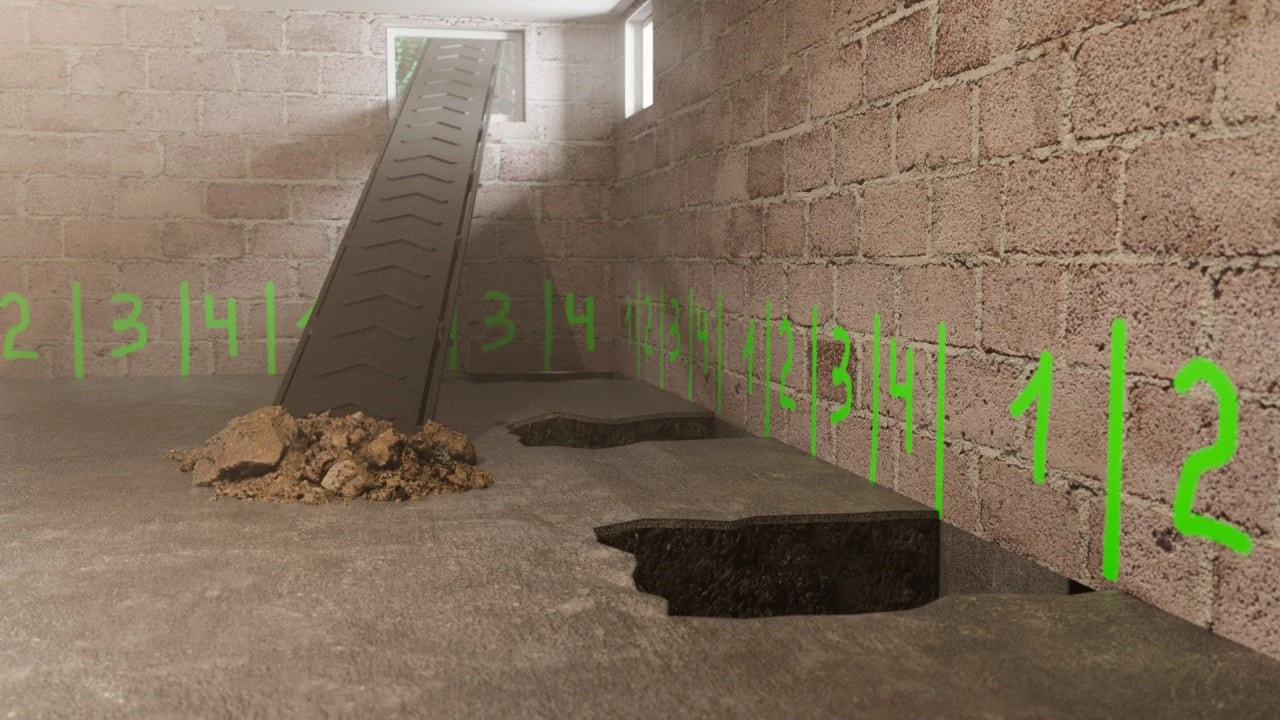
Demolition of the Concrete Floor
Transforming the basement requires the removal of existing concrete structures. It’s no secret that the demolition of such structures is a laborious and meticulous process. The most challenging part is removing concrete slabs – for this, professionals first need to identify the utilities’ locations and measure the existing floor’s thickness. Additional equipment may be required to facilitate the demolition process if it’s more than 4 inches thick or reinforced. The thickness and type of reinforcement can be determined from the broken edges.
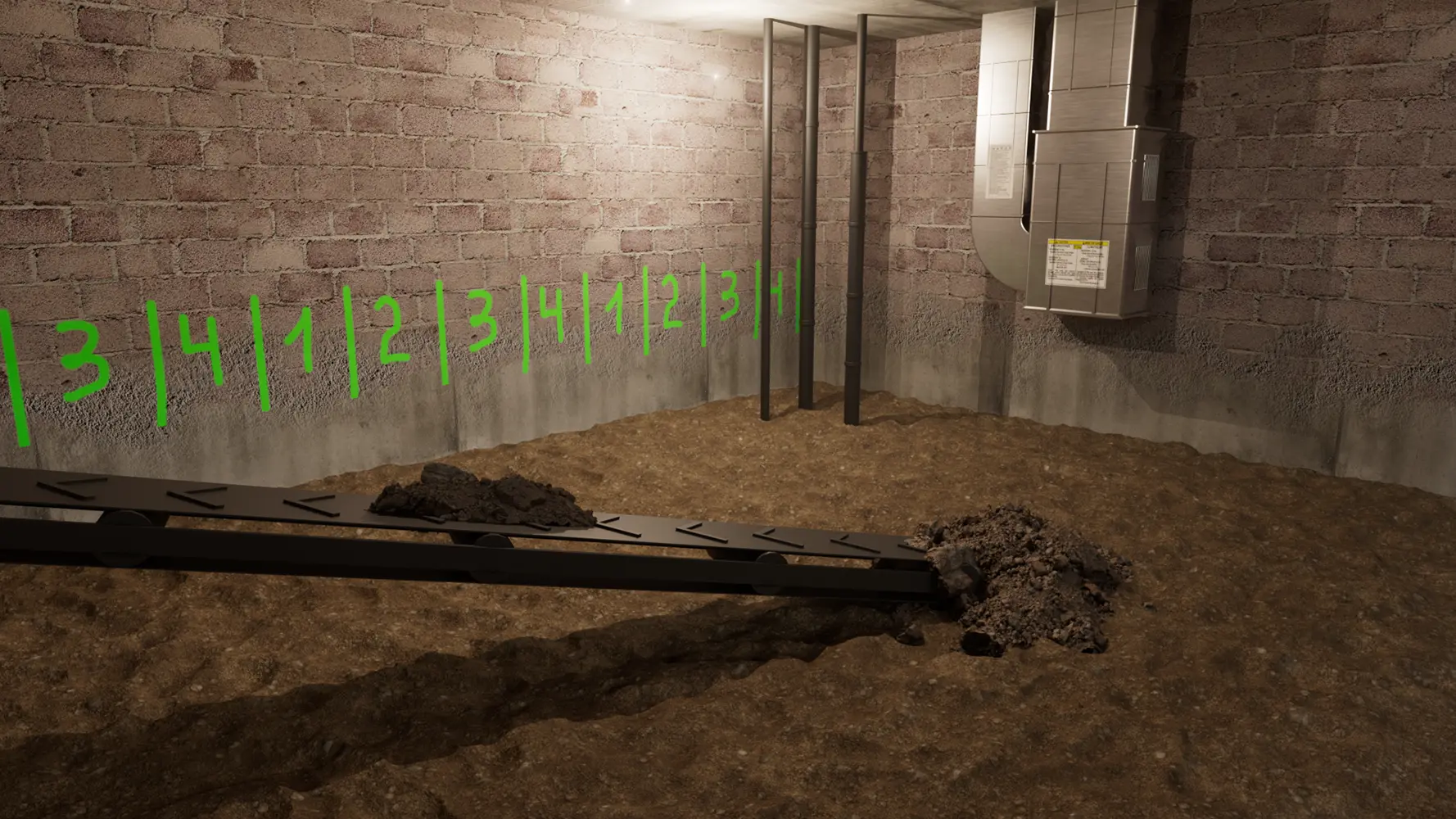
Interim Inspection
Conducting inspections at each stage of the work is crucial to prevent threats to the overall building’s integrity. The integrity of the walls or load-bearing columns is vital for the successful outcome of the underpinning Toronto process. To guarantee compliance with basement lowering standards, a licensed engineer or city inspector signs off on the completion of the work. We collaborate closely with licensed engineers who perform regular inspections at each stage. So, you can rest assured that the work is carried out in accordance with the approved project and established standards.
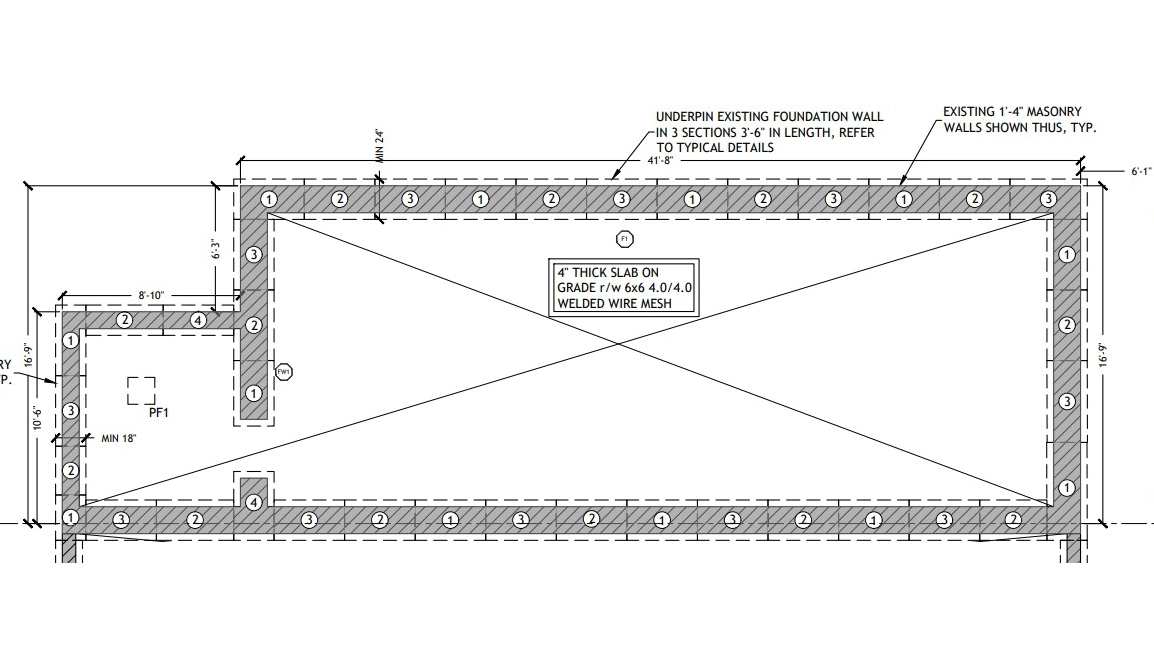
Installation of Drainage System
You probably know that basements are more prone to water accumulation than any other part of the house. Therefore, after laying the foundation, it’s necessary to install a robust and reliable drainage system. After discussing all possible details and options with you, we will connect new drains and ensure they function as intended by testing their ability to drain under pressure. This allows us to ensure that there are no potential leaks and that all plumbing connections work as they should.
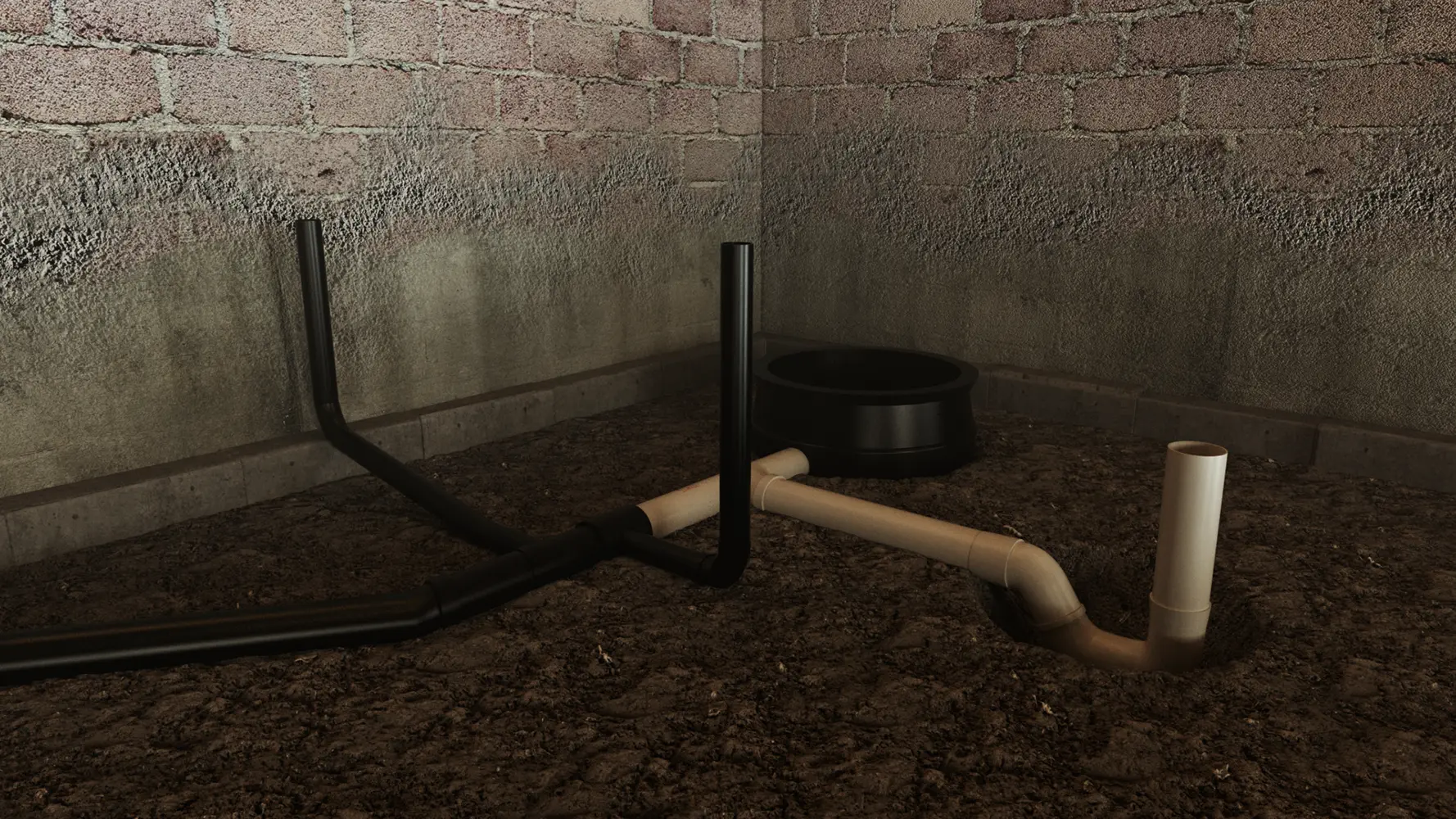
Installation of Waterproofing Systems
Water leaks from below ground level are just one of the problems you need to address. Groundwater and rainwater can also seep from below the ground, causing damage to the integrity of your basement. Waterproofing is the next step to combat water leaks. Before backfilling with gravel over the soil, our team installs a waterproof delta foundation, ensuring you never have to deal with water leakage problems in the basement.
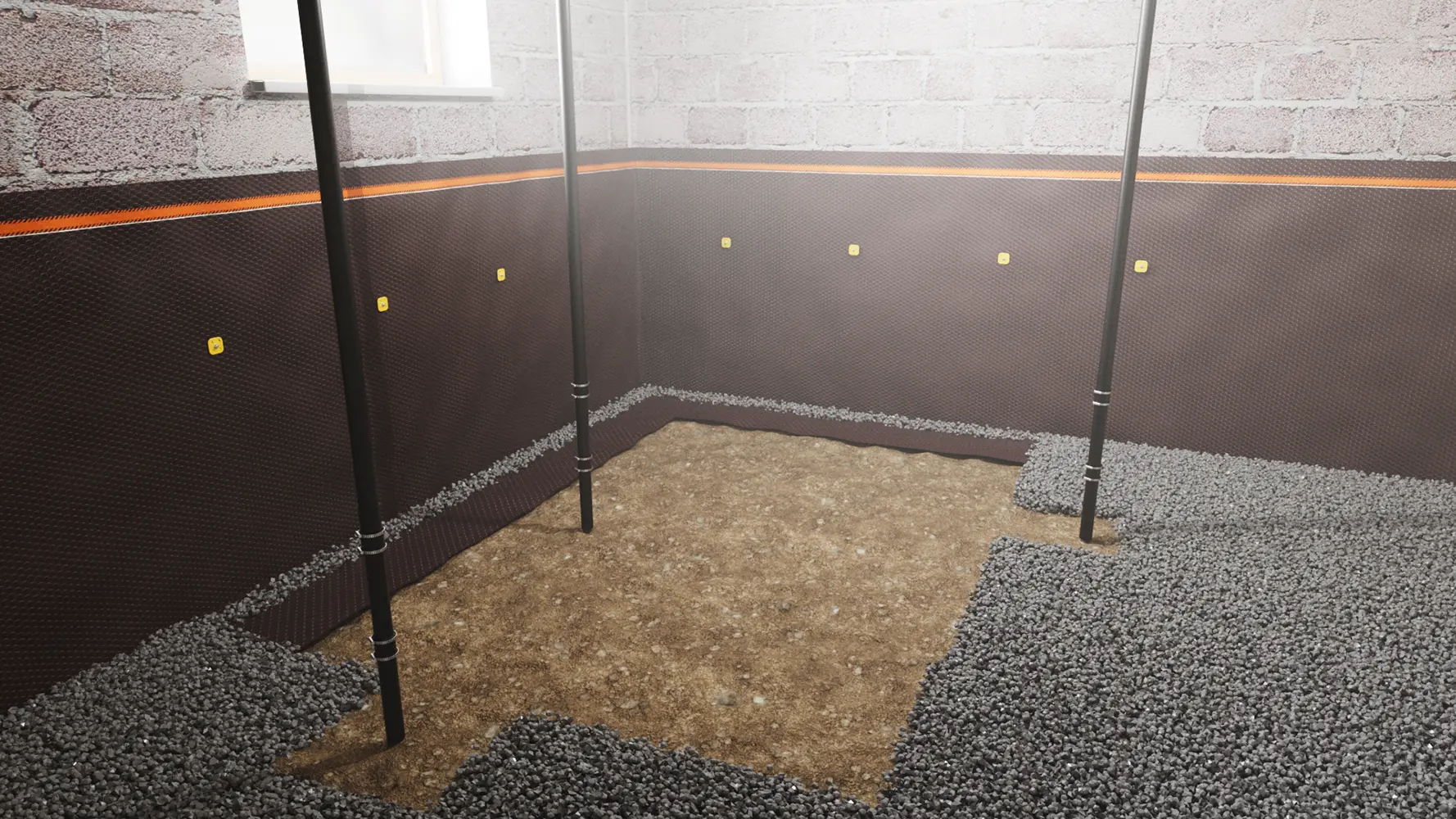
Installation of Insulation Systems and Warm Floor
Since the basement is literally “underground,” sunlight does not reach it, making it constantly damp and cold, not to mention the concrete slabs that form the basis of the floor. An excellent solution for improving the basement is the installation of warm floors, which will spread warmth to other parts of the space. What does this give you? At the very least, you can finally forget about humidity problems and, as a result, the appearance of dangerous mold in the basement.
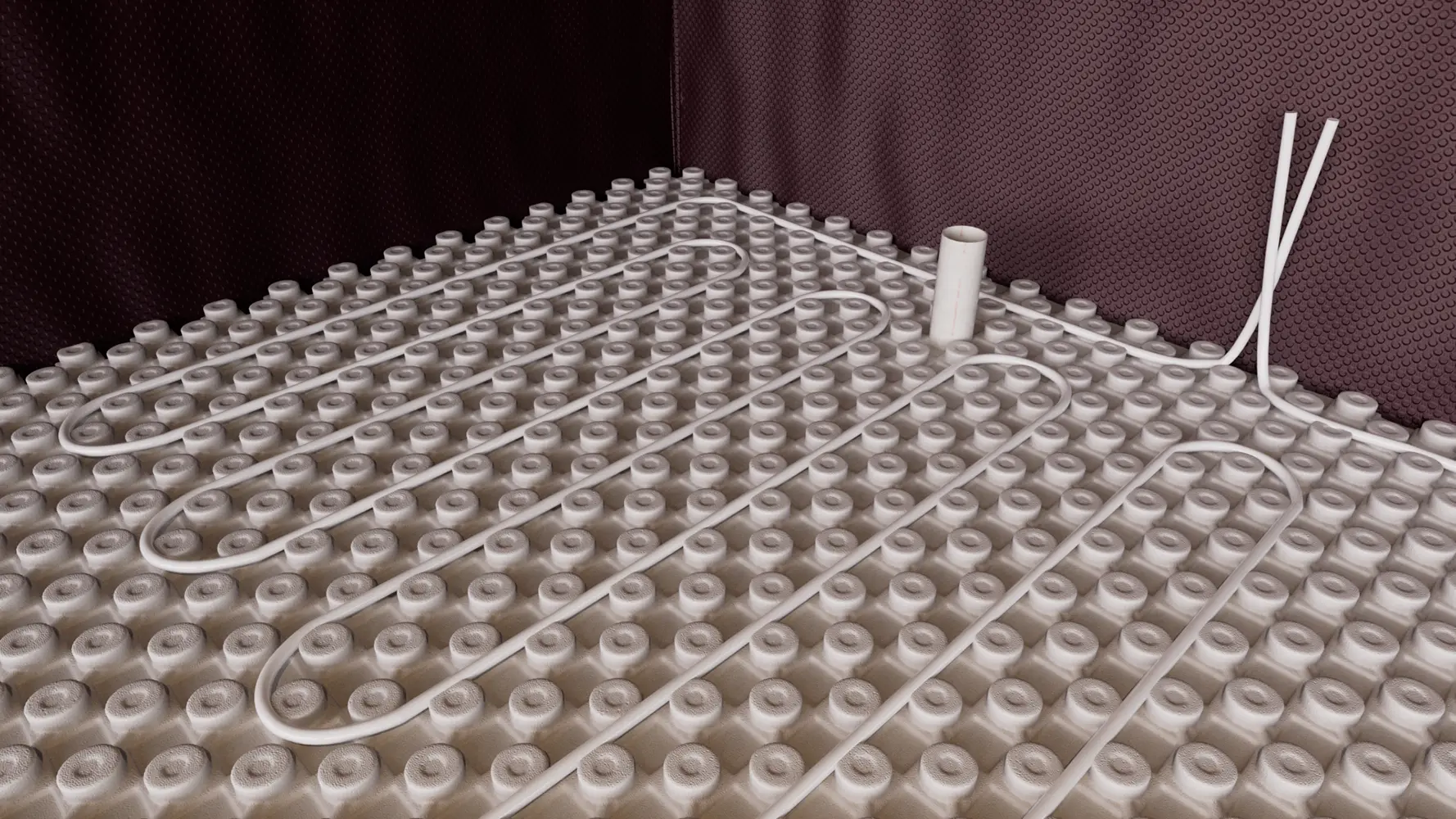
Installation of Sump Pump and Sump Pit
Due to heavy rainfall, the city’s drainage infrastructure may struggle to handle the volume of stormwater, which can lead to flooding and basement inundation. To prevent this, it is recommended to dig a sump pit and install a sump pump before pouring the concrete floor slabs.

Final Pouring of the Basement Concrete Floor
Once all plumbing and electrical systems are installed, our specialists pour concrete. Beneath the concrete is a layer of gravel, covered with a sheet of waterproofing to prevent moisture from reaching the floor slab. Then, any defects in the slab are corrected using leveling, followed by cleaning and the final cleanup of the space.
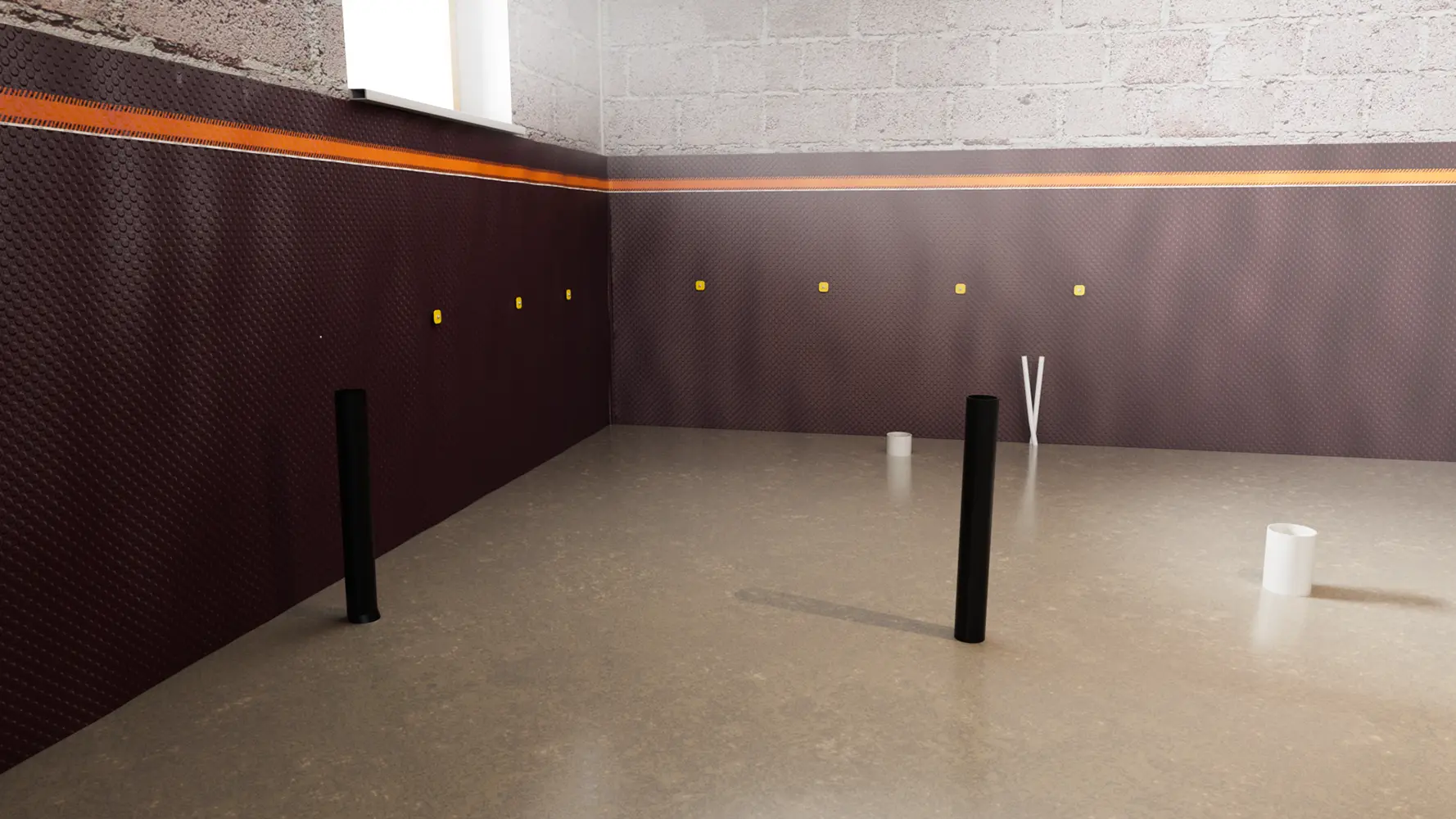

Benefits of Basement Underpinning
Increasing Your Home's Strength
Before lowering the basement, all load-bearing structures are removed, and the concrete floor is dismantled. This allows you, together with the experts from Quality Age Building, to determine whether the foundation of your home was correctly laid and whether it has sustained any damage due to climate changes, repairs, or wear and tear. Identifying such issues allows for their rectification, thereby strengthening the structural integrity of your home. This way, you can ensure the safety of your family.
Increasing the Final Property Value
By renovating your basement, you can significantly increase the selling price of your home because you have a fully functional additional room with all amenities! This is an attractive proposition for potential buyers, not only because it eliminates the need to figure out how to improve the basement and deal with issues like dampness, mold, leaks, and other nuisances.
Modernizing Old Electrical and Plumbing Systems
Lowering the basement foundation involves demolishing concrete slabs and excavating the ground beneath them. Thus, you can update the electrical and plumbing systems, forgetting about issues with them for years to come. It’s also an excellent opportunity to install a sump pump and a sump pit. You can then equip the basement with modern electrical equipment.
Raising the Ceiling Level and Improving Lighting
Expanding the usable space in the basement allows you to transform it into a fully spacious room where you can spend quality time. Add more lighting, and the space will come to life! A home gym, a billiard room, a workshop, a studio, or even a home theater—all of this is possible if you turn to Quality Age Building for basement lowering services.
Expanding the Total Living Area
Lowering the basement is the most cost-effective solution for expanding your home’s living space than adding an extension or another floor. The cost of basement lowering is lower, and one of the main benefits is the reinforcement of the home’s structure.
Additional Living Space
Expand your horizons! The basement is not just a storage place. You can literally transform this space into any room your imagination allows! Game room, gym, workshop, home office, studio, or simply an extra bedroom—the possibilities are endless.
Increase in Market Value of Your Home
If you plan to sell your home in the future, an upgraded and modernized basement can increase its final price. After all, potential buyers are more inclined to purchase a home with a well-finished and renovated basement than one that’s abandoned and neglected. That’s why the cost of underpinning Toronto is a worthwhile investment in your future!
Additional Source of Income
Surprising, isn’t it? How about the idea of renting out your basement? It all depends on what kind of space it will become, e.g., a living room or a rehearsal space for musicians. Additional income has never harmed anyone; in this case, the funds invested in underpinning in Toronto can pay off in the future!
Why You Should Do Basement Underpinning?
Lowering your basement can be a profitable decision in certain cases.
FAQs
How long does it take to underpin your basement?
The timelines are individual in each case, but the work can take around 35 days on average.
What are common foundation problems?
Foundation problems often result in cracks in walls and doors that don’t close.
How much does it cost to underpin your basement?
It all depends on the specific case, but the price ranges from $50,000 to $70,000.
Our Happy Clients

